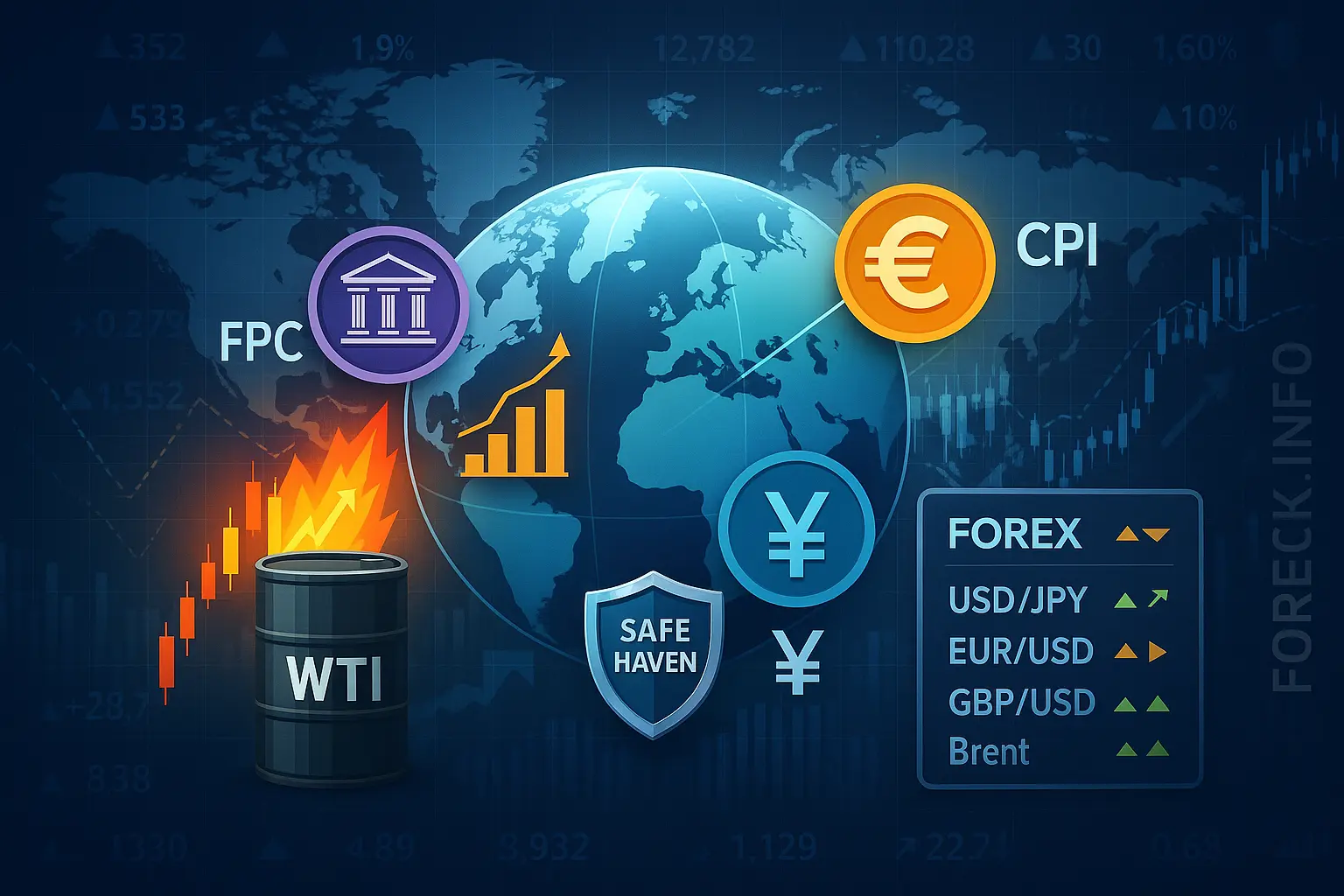President Donald Trump revealed that most European goods, including autos, will face a 15% tariff, while Brussels committed to $750 billion in US energy imports and an additional $600 billion in investments in US enterprises. European Commission President Ursula von der Leyen clarified that some goods—such as aircraft, related parts, select chemicals, and pharmaceuticals—will be exempt from these tariffs, and that the new 15% rate will not be added to existing taxes.
Investors are also monitoring today’s round of US–China negotiations in Stockholm, with hopes for at least a postponement of higher tariffs scheduled for August 12. Failure to reach a compromise would see tariffs on Chinese imports spike to 100%, threatening supply chains and raising global recession risks.
Eurozone: EUR Under Pressure After Trade Deal
The euro is weakening versus the US dollar, pound, and yen as traders digest the implications of the US–EU deal. German Chancellor Friedrich Merz remarked that a major trade conflict was averted and that the auto industry benefited, as duties dropped from 27.5% to 15%. Italian officials labeled the 15% rate “sustainable” if it replaces previous tariffs rather than adds to them. Slovakia’s central bank chief Peter Kazimir emphasized that the ECB should not rush to ease policy further, noting that the new trade deal may reduce market anxiety but its true inflation impact will only become clear with time.
United Kingdom: GBP Mixed as Retail Sales Miss
The British pound is falling against the US dollar but gaining versus the yen and euro. July CBI retail sales data improved to –34 from –46 (vs. –28 expected), while August sales expectations moved up to –31 from –49. However, this marks the tenth consecutive month of contraction, as inflation continues to bite. Businesses report that higher labor costs, economic uncertainty, increased social security contributions, and minimum wage hikes are further pushing up production prices.
Japan: Yen Awaits BOJ Guidance, Mixed vs. Majors
The yen is weakening against the dollar and pound, but strengthening versus the euro. The Bank of Japan is widely expected to hold rates at 0.50% at its Thursday meeting. Officials are likely to offer a more optimistic outlook, buoyed by the US–Japan trade deal. Reuters sources suggest the BOJ could revise up its inflation forecast for the current fiscal year due to persistent price pressures in rice and other foods. Analysts anticipate policy tightening closer to year-end.
Australia: AUD Waits on Q2 CPI as Dollar Weakens
The Australian dollar is down against the USD, GBP, and JPY, but up versus the euro. Q2 inflation data due Wednesday is forecast to show a slowdown, with headline CPI expected to fall from 0.9% to 0.8% quarterly, and from 2.4% to 2.1% annually. The trimmed mean may remain at 0.7% quarterly and ease from 2.9% to 2.6% annually. Signs of labor market cooling and weaker CPI may set the stage for a Reserve Bank of Australia rate cut, which would support the currency’s rebound.
Oil: Prices Surge on Trade Deal and Tariff Threats
Oil prices are climbing on news of the US–EU deal and President Trump’s latest comments on Russian energy sanctions. The agreement between Washington and Brussels has lowered global geopolitical tension and reduced economic slowdown risks that might otherwise hit oil demand.
President Trump also announced a shortened timeline for ending the Ukraine conflict (from 50 to 10–12 days), after which all buyers of Russian crude—primarily China, India, and Turkey—will face a new 100% tariff. Analysts warn these moves could trigger a sharp rise in oil and gasoline prices, including in the US.

